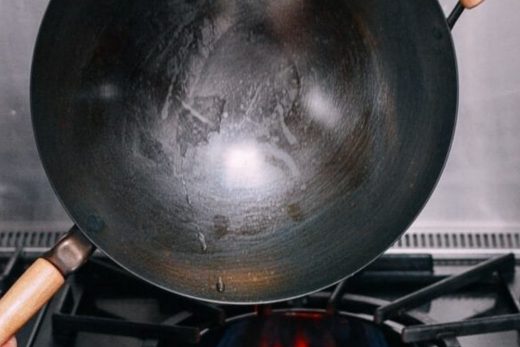You might notice that, up to this point, we’ve not said a word about roux, that third way of thickening gumbo, and one that for many cooks today is the very essence of the dish. That innovation came along later than okra and filé, and we’ll look at the story of roux-based gumbos in a later installment.
It has taken culinary historians and food writers far too long to recognize the central role that African American cooks played in creating what we know today as Southern cuisine. But those cooks were there from the very beginning, and their contributions were foundational, providing essential ingredients, techniques, and the very sensibility that defines Southern cooking. There’s no better way to taste that legacy than with a good bowl of gumbo, and preferably one made with fresh-picked okra.
Filé powder may have appeared in the Carolina Housewife, but it wasn’t much known in the Gullah Geechee communities. They had a different way of making do when the usual ingredients were out of season. “They did a gumbo in wintertime when shrimp season was over,” Dennis says. “They took the shrimp and dried them out along with okra in the roofs of the houses. In the winter time [my grandfather’s] mother would make okra soup or gumbo. That’s a kind of really close to a traditional West African style of gumbo.”





